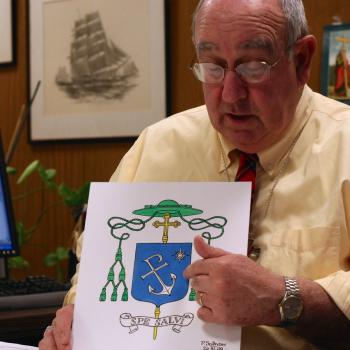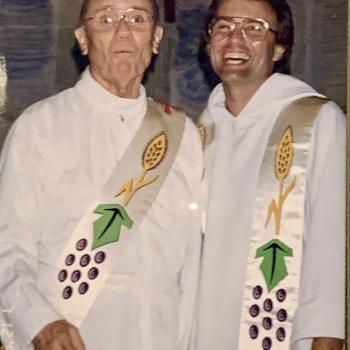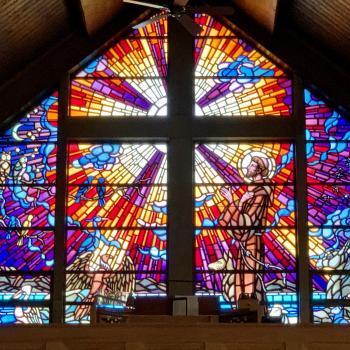Writer David Alexander takes a long and pretty exhaustive look at the question of women deacons, and offers these conclusions:
Pending sufficient review of the historical and theological evidence at the official level, where its implications may be fully considered, it seems premature to anticipate any canonical framework whereby an office of deaconess would be established in the Catholic Church. The CLSA report spoke at length of the graces of the sacrament of Holy Orders ostensibly bestowed upon the woman deacon, and Zagano’s presentation depends in large part upon the same. Given our understanding of the sacrament, entertaining such benefits serves no purpose, as women simply cannot receive Holy Orders. If both advocates and opponents of a female diaconate have one thing in common, it is the assumption that the office of deaconess is historically and irrevocably tied to the question of receiving this sacrament. As has been presented here, this is simply not the case. Any legitimate discussion of reviving the female diaconate, therefore, not only must not include provision for Holy Orders, it need not include provision for Holy Orders.
The classical definition of a “debate,” where the burden of proof rests not with the status quo, but with the innovator, is a rule traditionally held dear in academia yet applied so rarely in the Church today. Our discoveries in the pages of history must be viewed in light of the tradition and teaching of the Church, whether we agree with them or not in the present, if for no other reason than that they were viewed in such a light in the past. We see women become caretakers of priestless parishes, and legitimately undertake responsibilities once most commonly reserved to priests. If we presume their service to be in the tradition of Tabitha and Priscilla, that same tradition need not confer a ceremonial or preaching role. Knowing this requires that we lay preconceptions aside, and let the evidence of history speak for itself. The reasons for re-instituting the female diaconate, then, would have to be as strong as for its suppression. The former is also no more likely to happen overnight than the latter.
To the extent that one is free to speculate, then, it is unlikely that the typical Catholic in the pew will find women dressed in stoles and dalmatics as the ordinary officiants at weddings and baptisms. It is more likely that the order of deaconess would be roughly equivalent to (if not the same as) what was once known in the West (and is still known in the East) as “minor orders” — porter, lector, exorcist, and acolyte; those steps of candidacy to Holy Orders, which in 1971 were revised in the Latin church as the installed ministries of acolyte and lector. A prelude to such a development may be found in the restoration of the consecration of virgins by Pope Paul VI in 1970, and the publication of Ordo consecrationis virginum. We know from history that deaconesses were often chosen from the ranks of women who offered their virginity to God for life. Whereas the role of women religious is in the context of community, could that of a female diaconate be more appropriate to the solitary life?
You’ll want to read it all. There’s much food for thought.











